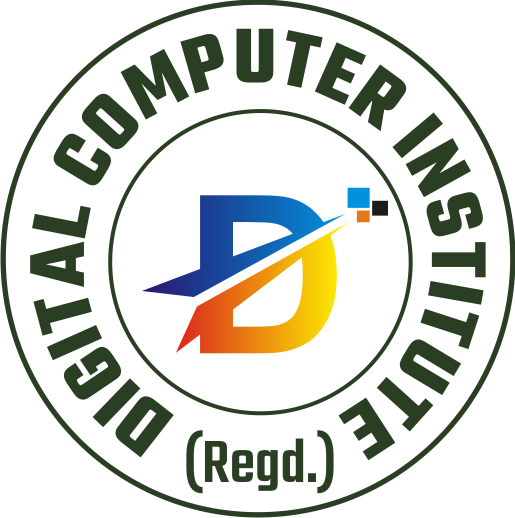The Top 7 PC Tips Everyone Should Know



Not only is dirt unsightly, but it can also cause damage. Dust and debris can accumulate on the inside and outside of your PC, on your keyboard, and even inside your mouse. This can lead to overheating, impairment, and other issues.
Liquids are especially dangerous and can easily damage important internal components, so it’s important to clean your computer regularly. This can be done with a soft brush or a compressed air canister.
Instead of navigating menus and links, keyboard shortcuts allow you to execute tasks with the click of a few buttons. This saves time and effort, especially for tasks you frequently perform.
Some of the most popular shortcuts include:
If you don’t use them already, they’re worth exploring. They can help you use your PC with more comfort and ease, and you can even create your own.
Make sure to back up your computer regularly and complete operating system updates as soon as possible. This will protect your data and save you time and money in case anything goes wrong. You can use external hard drives or cloud storage services like Google Drive, Dropbox, or OneDrive.
Having files scattered around your computer with no management system makes it challenging to find what you need, especially if you need to do so quickly. You can avoid this by organizing your files into folders and using clear, descriptive file names. This will also help you avoid accidentally deleting or overwriting important files.
Having multiple monitors, especially for your work setup, is also a great way to stay organized and create more space. They vary in price depending on desired features, but finding an affordable option that fits your needs and budget is relatively easy.
Viruses, malware, and other malicious programs can be detrimental. Antivirus software can regularly scan and alert you of these threats. It can also block risky websites and downloads. Some popular antivirus programs include Windows Defender, McAfee, Bitdefender, and Norton.
Your PC doesn’t have to be all work and no play. Customizing your desktop can make your computer feel more personal and comfortable. You can change the background, add widgets, like a clock or weather display, arrange icons, and more. Small changes like these can make a big difference in your workflow, creating better function, organization, and visual appeal.
It’s easy to push off updates for a later time, but you should perform them as soon as possible to minimize the risk of a security breach or malware infection. Software updates often include security patches and bug fixes essential to your computer’s security and performance.
Computers are a part of our everyday lives, so when a problem arises, it’s important to fix it ASAP. Computer Troubleshooters has a team of tech experts specializing in residential and business computer repair, ready to fix your PC issues for an affordable price. Find a location near you to get started!



